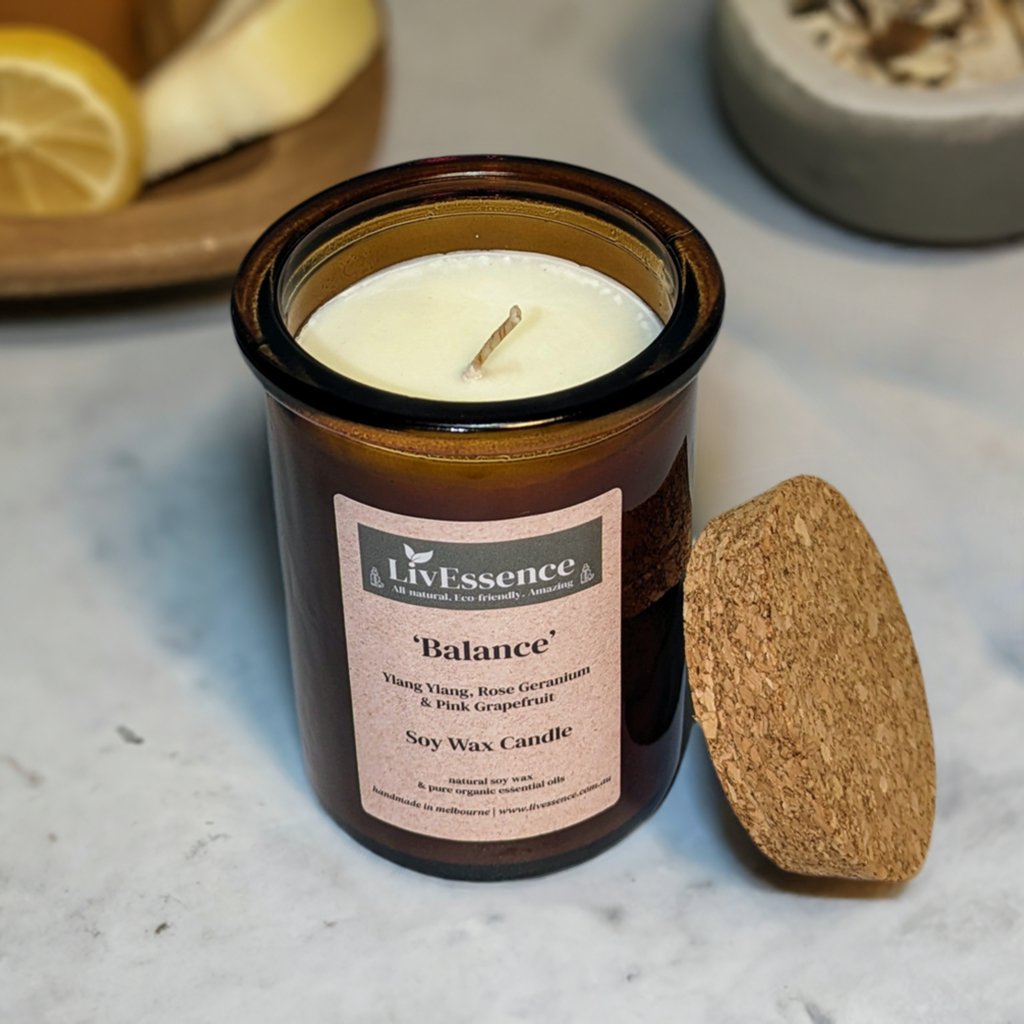Produce Setting with Handcrafted Soy Wax Candles and Home Fragrance
Produce Setting with Handcrafted Soy Wax Candles and Home Fragrance
Blog Article
From Wick to Wax: Comprehending the Chemistry Behind Soy Wax Candles and Their Environmental Impact
As we brighten our areas with the cozy radiance of candles, there lies a realm of detailed chemistry behind the apparently straightforward act of lighting a soy wax candle. The selection in between soy and paraffin wax extends past plain aesthetic appeals, delving right into the realm of environmental effect and the really structure of the materials. Recognizing the molecular structure of soy wax and its combustion procedure clarifies the exhausts released into our surroundings. Join us as we unravel the clinical ins and outs behind soy wax candle lights and explore their implications on our setting.
Soy Wax Vs. Paraffin Wax
When contrasting soy wax and paraffin wax for candle making, it is necessary to understand the distinctive characteristics and advantages of each product. Soy wax is an all-natural, sustainable resource originated from soybean oil, making it environment-friendly and naturally degradable - soy wax candles. In contrast, paraffin wax is a by-product of oil refining, which raises issues regarding its ecological effect and sustainability
Soy wax candle lights burn cleaner and discharge less soot contrasted to paraffin wax candle lights, making them a much healthier selection for indoor air high quality. In addition, soy wax has a lower melting point, permitting a longer-lasting candle light that distributes fragrance better. Paraffin wax, on the various other hand, tends to melt faster and less easily, possibly launching harmful chemicals right into the air.
From a sustainability point of view, soy wax is favored for its biodegradability and sustainable sourcing, lining up with the growing consumer choice for eco aware items. While paraffin wax has actually been a conventional choice in candle making because of its price and convenience of use, the shift towards eco-friendly options like soy wax is obtaining momentum in the sector.
Chemical Structure of Soy Wax

Burning Process in Soy Candles
The chemical composition of soy wax straight affects the combustion procedure in soy candle lights, impacting factors such as shed time, scent launch, and ecological effect. When a soy candle is lit, the heat from the fire melts the wax near the wick.
The combustion efficiency of soy candle lights is affected by the purity of the soy wax and the high quality of the wick. In addition, soy wax candles useful site have a reduced ecological impact contrasted to paraffin candles due to their eco-friendly and naturally degradable nature.

Environmental Advantages of Soy Wax

Thought about a sustainable choice to traditional paraffin wax, soy wax supplies remarkable ecological advantages that make it a prominent selection amongst eco-conscious customers. Soy wax burns cleaner and creates less residue than paraffin wax, adding to better indoor air top quality and minimizing the requirement for cleansing and maintenance. Overall, the environmental benefits of soy wax align with the growing need for lasting and eco-friendly items in the market.
Recycling and Disposal Factors To Consider
Recycling and appropriate disposal of soy wax candles play an important duty in maintaining ecological sustainability and minimizing waste in families and areas. When it comes to recycling soy wax candle lights, the primary step is to guarantee that the candle light has shed totally. This can be achieved by permitting the candle light to shed up until the wick is no more functional, and then allowing the staying wax cool and solidify. When the wax has solidified, it can be thoroughly gotten rid of from the container.

In regards to disposal, if recycling is not an option, soy wax candle lights are naturally degradable and can be securely dealt with in many household waste systems. Nonetheless, it is always advised to consult local reusing centers or waste monitoring solutions for certain standards on candle click to read more light disposal to make sure correct handling and environmental management.
Verdict
In conclusion, the chemistry behind soy wax candle lights reveals their environmental benefits over paraffin wax candle lights. Soy wax, obtained from soybean oil, burns cleaner and produces much less residue when contrasted to paraffin wax.
When comparing soy wax and paraffin wax for candle light production, it is essential to understand the distinctive qualities and benefits of each product (crystal soy candles).Soy wax candle go right here lights shed cleaner and send out much less residue contrasted to paraffin wax candle lights, making them a healthier selection for interior air top quality.Considered a lasting option to conventional paraffin wax, soy wax uses notable environmental benefits that make it a popular selection among eco-conscious customers. Soy wax burns cleaner and creates much less soot than paraffin wax, adding to far better indoor air quality and lowering the requirement for cleaning and maintenance.In conclusion, the chemistry behind soy wax candle lights exposes their ecological advantages over paraffin wax candle lights
Report this page